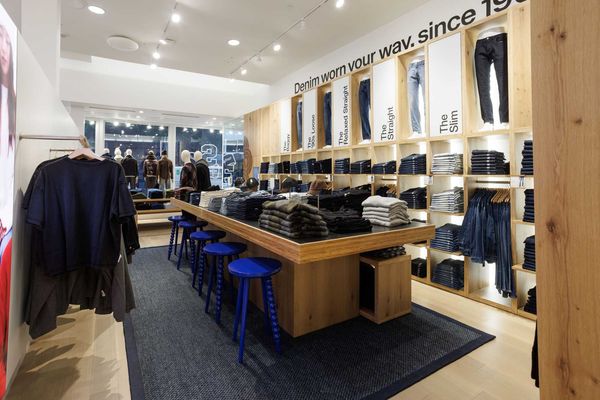When we first looked at Scoop.it, soon after it launched in late 2011, we described it as “a one-click publishing platform that allows curators to publish beautiful online magazines.”
Today, while that description still holds true, Scoop.it appears to be evolving into a community of content curators who follow – not each other – but each other’s topics.
One of Scoop.it’s intriguing aspects is being organized around topics as opposed to the people doing the curation.
This differentiates the site from Facebook and Twitter, and it also seems to be resulting in a more professional look and feel – more of a LinkedIn in that sense, than a personal network.
"We've had five million unique visitors now,” says Guillaume Decugis, the company’s CEO & co-founder. “The most active users use it for professional reasons. Many work as consultants, and they are often asked by clients how to best update their social media pages.
"They are finding that their Scoop.it page can serve as a hub to feed all of those other places in social media. It is a place to organize their views for their audiences.”
The site fully supports multimedia content, including video, audio, photos, text, infographics, and slideshows. And whereas 95 percent of the content is curated, a small portion is the original content added by users.
If Twitter is “micro-blogging,” then Scoop.it might represent something more like “mini-blogging.”
Decugis originally envisioned the site as a complete alternative to blogging, which as a form has certainly proved to not be for everyone.
“Originally we thought we would solve a problem for non-bloggers. But as it turns out, bloggers love it too,” he says.
One reason may be the problem we all have of a fragmented online identity. Plus, most bloggers, consultants, and professionals do not have an easy way to widely share their perspective on the topic areas they care about on a daily basis.
Scoop.it serves that need and the usage data bear out the professional nature of the community building around the site.
“We get more use at day than night, more on weekdays than weekends,” says Decugis. “We estimate it is 80 percent professional topics, 20 percent personal.”
Scoop.it is available on the web, in iOS for the iPhone, and html5web for iPad and android. Currently, 75 percent of its users are outside of the U.S.



















